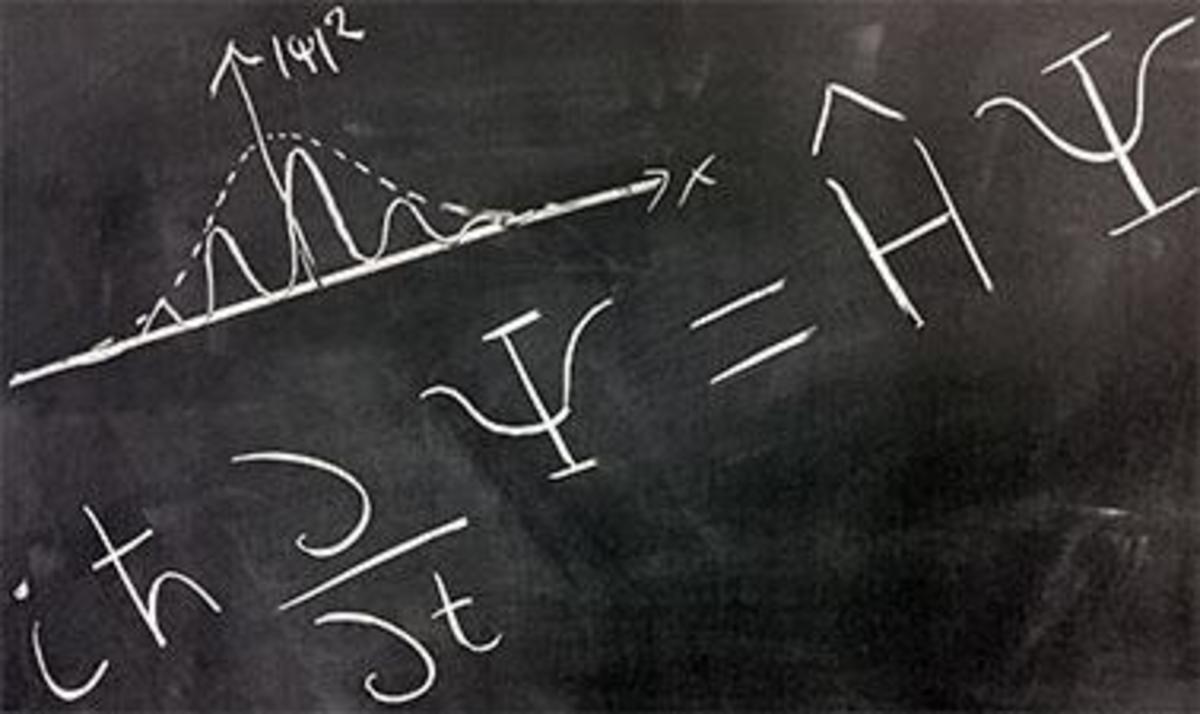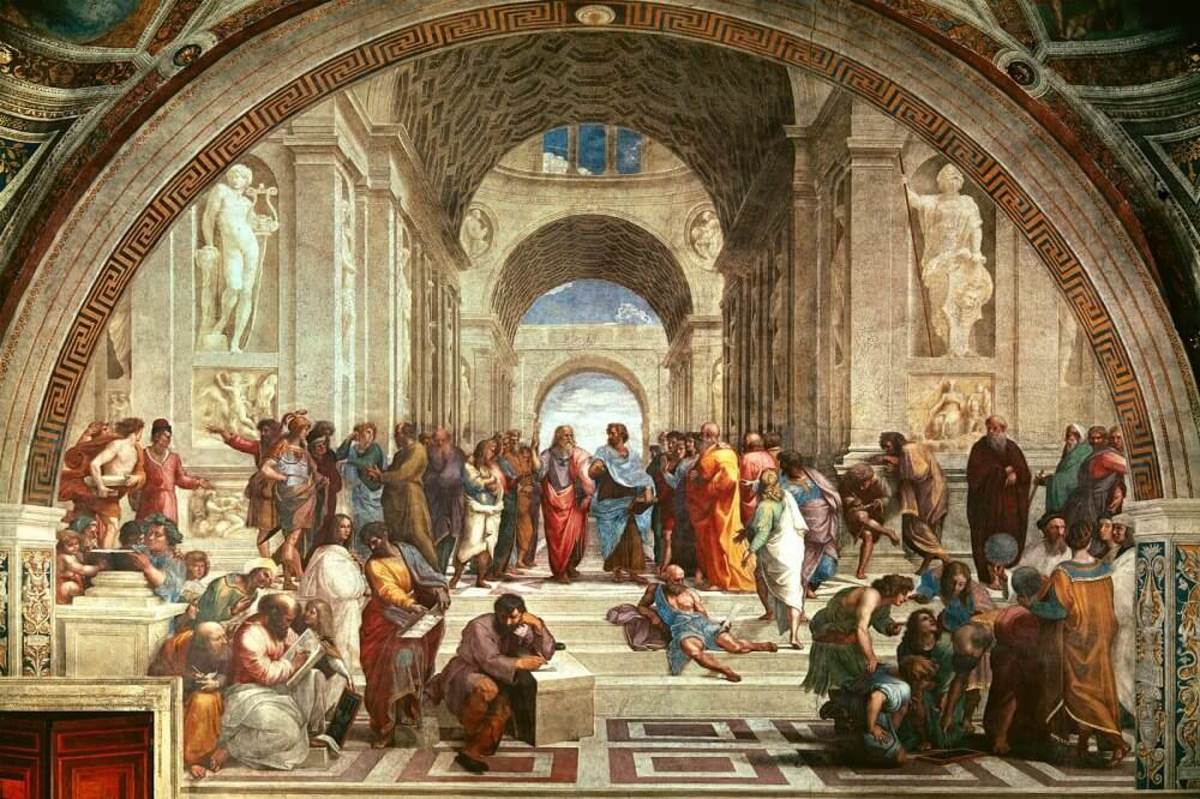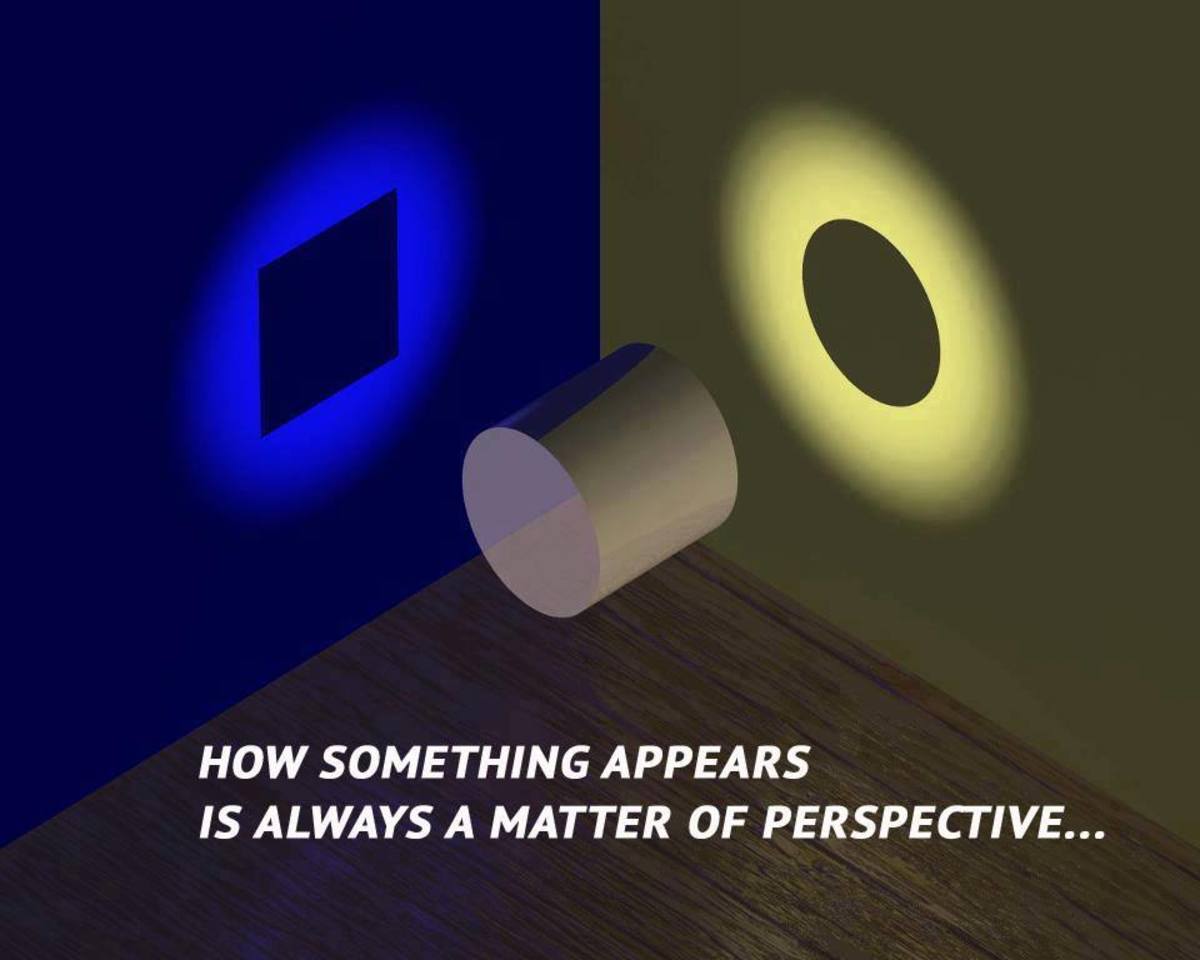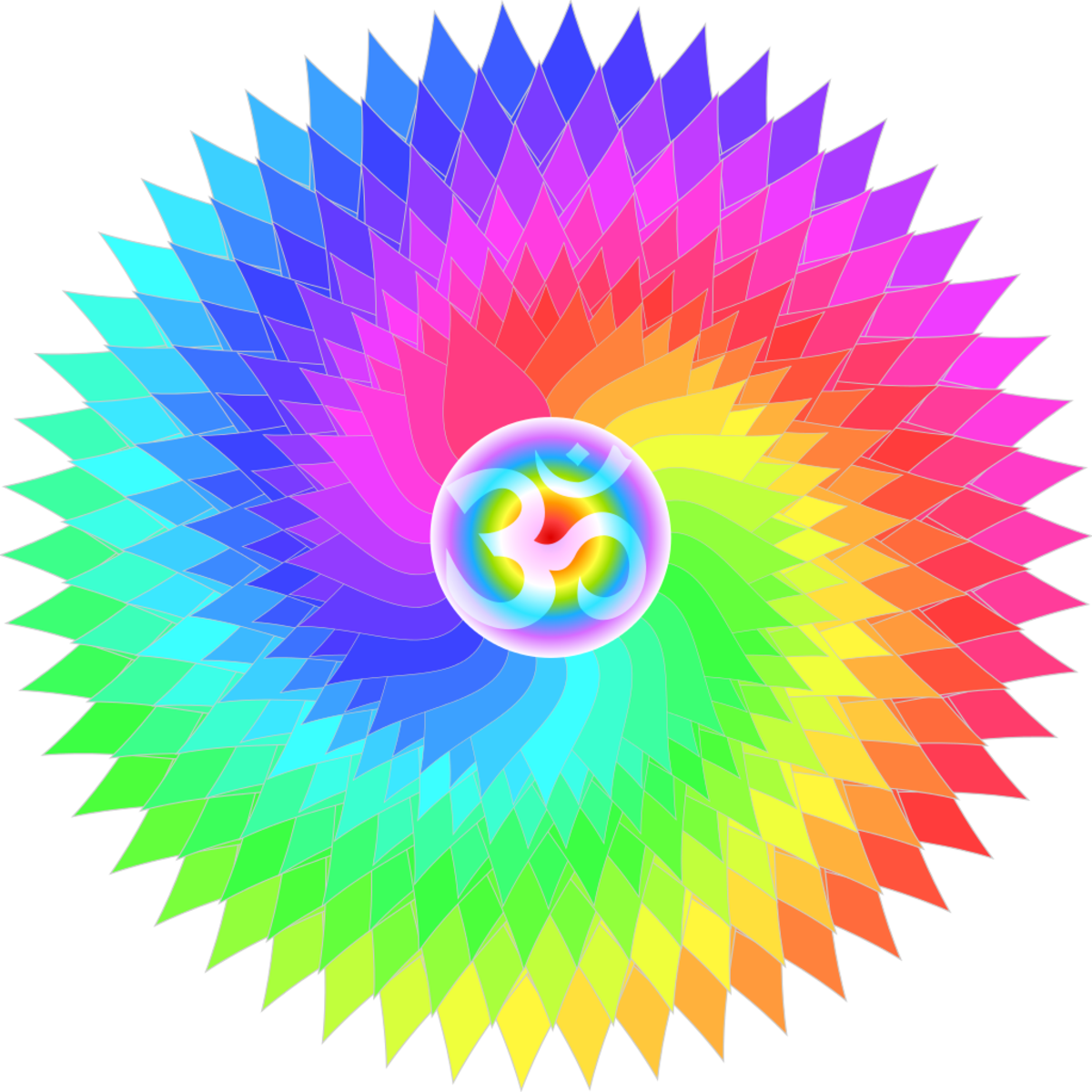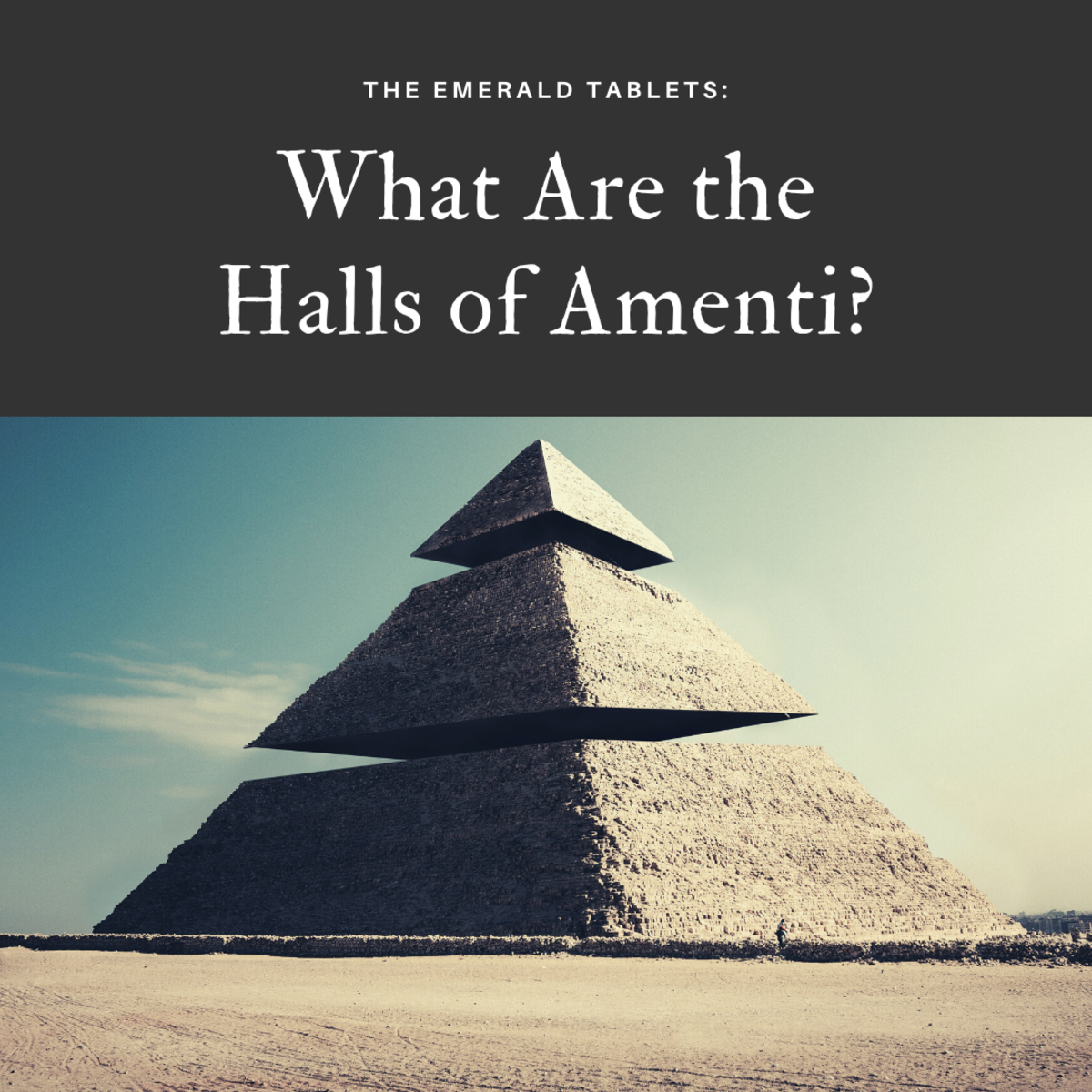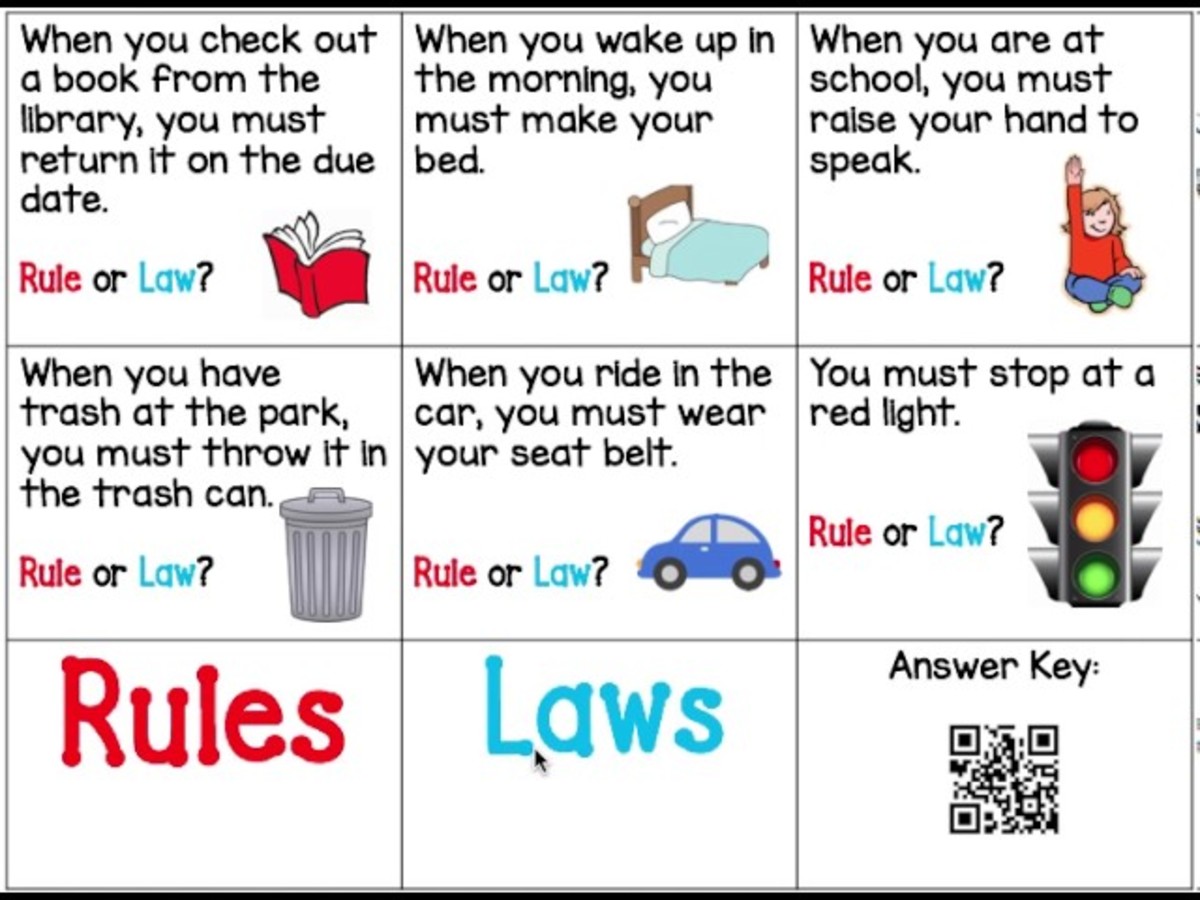Answering the question IN A NUTSHELL
Consciousness may well be an aspect of all there is.
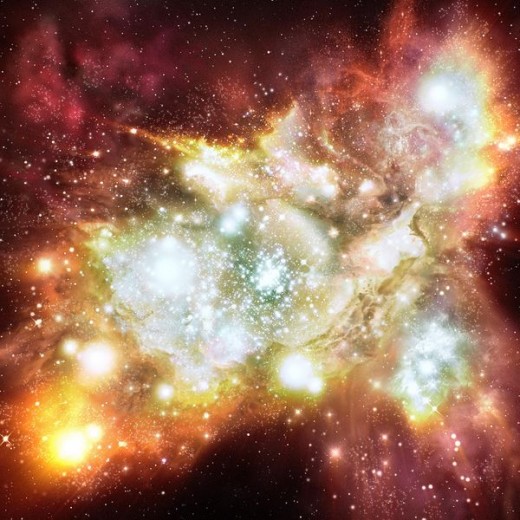
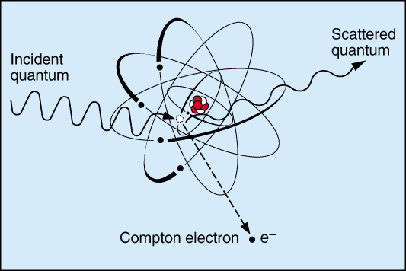

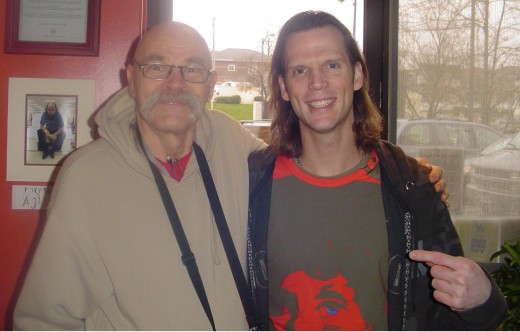
Why is there something rather than nothing and how is it that we are conscious of it?
To begin, the question of material existence has in its foundation, the universe and its beginning. There are many hypothesis and theories of the beginnings of it all, but many agree that in the very beginning, equal amounts of matter and antimatter were created. According to the analysis, there should be nothing but energy, well dispersed by now. But this is far from the case as the cosmos is brimming with matter, energy and now what some say, dark matter and dark energy for which there is now some tentative proof. For now we will overlook the reality of the mass energy equivalency according to relativity as this will only complicate the picture. There will be more on this later.
The fact that matter and antimatter are created in ultra high energy environments is born out by experiments in relativistic particle collisions, observation of the poles of black holes and now from observation of a newly discovered type of super nova explosion first observed in a distant galaxy in 2006. If matter and antimatter are created equally in the beginning, why is there a preponderance of matter in the cosmos? Somehow, the two became separated. How this occurred becomes a matter of speculation. We know from direct experimentation in high energy particle physics that the two behave differently in a magnetic field, forming “mirror” image patterns of one another as they spiral in the magnetic field. It is this fact that brought antimatter to light in the first place in the experimental field.
In the very beginning, intense magnetic fields separated matter and antimatter into two distinct regions, preventing annihilation. Magnetic fields in the beginning of the cosmos were far more intense, even greater than those found in magnetars today that have magnetic influence over vast regions of space. In addition, intense gamma radiation not only created antimatter from matter and vice versa, it also served to disperse the two violently. In our cosmos, we see preponderance for one type of matter, but have found vast patches of antimatter near galactic centers including our galaxy. Thus the existence of another separate cosmos where the other type of matter is in greater abundance is implied. The existence of other universes is now commonly accepted among cosmologists, though as yet unproven. It could well be that this is because we can only see a limited part of the whole cosmos due to the speed of light restriction. Remembering Einstein, there is no speed of light restriction on the expansion of space, so the cosmos can be much larger than we can directly observe. Observation and speculation on quantum gravity imply the existence of suppressed dimensions if not other universes interpenetrating ours, but this is one of the unproven hypotheses.
So, in what should be a zero sum game, there is the manifested cosmos only because primordial forces set up conditions to allow for the existence of the cosmos as we know it and another cosmos of which we have no contact. Bearing in mind the foregoing, there is no reason why we can’t suppose a predominantly antimatter universe “next door”.
This view has as part of its support from a rare type of super nova, first witnessed and identified in 2006. That particular super nova involved a super massive star in a distant galaxy. The explosion generated much more energy over a period of days than the rest of the entire galaxy. It also produced an enormous amount of gamma radiation and left no detectible remnant like a black hole. The original star was thought to be from 150 to 200 solar masses. When it reached the end of its brief life, the intense radiation in its super heated core was primarily gamma radiation that produced copious amounts of antimatter. This mixed with the matter and blew the star to smithereens, leaving no naked core behind. The gamma radiation and subsequent energy produced from matter-antimatter annihilation was enough to explode the entire star. The explosion left a heavy gamma radiation trace that was different from most gamma radiation bursts that are of short and instantaneous duration. What we learned from this explosion is that there is an upper limit for stars to collapse into black holes. What precisely that limit is, is something unknown at this time. By implication from this type of super nova, super-massive black holes develop and grow to enormous mass by swallowing in falling gas and whole stars and anything else captured by their gravity.
The important consideration here is that the beginning of the cosmos originated with far more mass than contained in a single 150 to 200 solar mass star. It stands to reason that such an object would be hot beyond measure with copious gamma radiation producing an equal mix of matter and antimatter well into the initial inflationary period. This created the enormous energy to drive a primordial magnetic field and to explode the cosmos outward from a tiny source. The conditions of the early cosmos altered the Planck False Vacuum State, making it unstable and creating different laws of physics in the early phase of the emergence of the cosmos. This is confirmed by observing curious changes in Fraunhoffer emission spectra from the edge of the cosmos. Matter and antimatter that did not annihilate and provide the initial thrust, were separated and driven in two separate ways, the likes of which would be difficult to describe due to different laws of physics that would have existed then. Whatever went on involved the Planck False Vacuum State directly and intimately, causing some form of feedback chain reaction. Non space and non time changed into an expanding/accelerating cosmos of space and time interacting with the Planck False Vacuum State. After the initial expansion, it settled and stabilized, evolving to what we know in this era, at least for the matter component and by implication, the antimatter part. All of this was apparently the result of unconscious natural forces extracting from the primordial conditions of the early cosmos. How consciousness evolved out of this developing cosmos is something else altogether.
We need to consider how such a thing evolved outside of the realm of and the constraints of mere faith and pat answers and strive for some form of objective verifiable answer. To start we need to recognize that the cosmos is a place of change and evolution from the simple to the complex due to the action of an energy gradient originating in the initial fireball of cosmic birth. The cosmos today is a complex place of matter-energy interaction where particles and energy can behave like each other and have an entangled quantum link. For the most part, this is not seen unless one knows how to look. The classic double/single slit experiment is one of those ways to peer into the secrets of the cosmos between the macro and quantum levels. It is one of those places where matter and energy can behave in similar ways and tells us about the nature of matter/mass/energy. It tells us about the cosmos and us, being part of the whole cosmos. For decades, physicists had to consider the idea that there was some conscious foundation for the results of the double/single slit experimental that was directing the results no matter how the experiment was set up. With quantum entanglement, we now have to reconsider that proposal and see consciousness as an expression of quantum entanglement in at least part of its aspects. To have consciousness, it seems that there must be a division between subject and object, observed and observer, just as there is a division between matter and antimatter or the two slits in the double slit experiment.
For a period of almost two decades, science has entered and experimented in the realm of consciousness, an area once thought to be outside of the domain of science and relegated to mystics and the faith of religious expression and acceptance. In that time period, important findings have been made regarding the nature of consciousness-unconsciousness that brings into the realm of physics and science, that which was thought to be psychological or mystical.
The cosmos exists in a condition of two co-existing fundamental states, the real manifest cosmos of energy and matter and the state of the Planck False Vacuum State where virtual energy and particles exist. One state is in a condition of unity and the other in a state of diversity-division. Out of the Planck False Vacuum state is born such things as virtual particles which can interact with the matter of the cosmos. Further, forces such as the proven Casimir effect operate seemingly out of this “void.” Virtual particles have been observed in high energy experiments and it is the interactions with the magnetic field that separate the virtual pair into matter and anti-matter parts. As long as they don’t come together, they can exist in the real cosmos indefinitely. From these observations it has been determined that the Planck False Vacuum State is not a void in the sense of the word, but something else altogether existing in a condition beyond our current understanding. Specifically, it is the potential birth state of all that there is and is to be and also its return state. The formation of virtual particles is something that occurs constantly and this often interacts with the cosmos, so that even currently, change occurs continuously due to the existence of virtual particles manifesting from the Planck False Vacuum. It is this interaction that can account for realities like quantum jumping, quantum tunneling, the Casimir effect, matter, energy, anti-matter, quantum gravity and quantum relativity. In current thinking of dark matter and dark energy (that which is not currently visible to us) is also born from here. The Planck False Vacuum State is a kind of reference base for the manifest cosmos in all is permutations and combinations. It may well be that this base allows for things like ‘negentropy’ and complexity as we see as part of the manifestation of reality. We already know what effect the Planck False Vacuum State has on the visible cosmos. If God creates the cosmos, it is from here that it is done, as this is no passive condition, but an ongoing and dynamic state.
There are questions for sure about the real nature of reality based on what has already been covered. Let us delve into this for a moment. From the early days of atomic science, we have grown to learn that matter is mostly “empty” space. The term empty space here is used conditionally considering what has already been disclosed concerning the Planck False Vacuum State and its interaction with the existing cosmos. Three dimensional space as we know it is really a fractal dimension. In other words, it is a fraction of a dimension. To understand this we need to consider the concept of the Cantor Set as seen in fractal geometry. The Cantor Set forms the foundation of the ideas behind fractal geometry. The basic construct is the division of a ‘solid’ line into thirds and removing the center part. The two remaining whole parts are then divided into three and the center part is removed again. This is done until only a ‘dust’ remains. This is within the one dimensional construct of a line. This concept can be carried from one to two and three dimensions. Thus the structures we see in three dimensions are actually closer to two dimensions, but always greater than two if just greater. When we look at galaxies, we see that they are places that are flat spirals, elliptical or spherical. They are made up of numerous stars, planets, bits and pieces and dust. They contain lots of “empty space.” In fractal geometry, add to the idea, the concept of complex numbers involving real and imaginary numbers, then we enter into the realm of fractal geometry itself with its weird self similar and self affine patterns; some of which are very close to things we see in the real cosmos and in nature. Fractal patterns and maps are generated by iterated calculations that can be analogous to discreet quantum events and the idea of time. These calculations produce three states that are analogous to phenomenon in the real cosmos that suggest accelerating expansion, collapse into black holes and conditional stability.
The virtual cosmos “exists” outside of our understanding of space and time and yet it exists nonetheless in the form of the Plank False Vacuum State that interpenetrates the existing cosmos at all places and times, from the initial birth to the current condition to the ultimate fate of the cosmos, whatever that may be. As the virtual cosmos exists in a non-time state, it seems to be a contradiction in terms. We who exist and are conscious of a changing cosmos teeming with energy and matter, it seems an impossible construct. We are constructed to interact in this cosmos of time, space and dimension and this has implications for the nature of consciousness, which we’ll consider later. When what we understand by way of the laws of physics breaks down, we lose all appreciation. It is outside of our ability to understand. This break down occurs at the juncture of the Planck False Vacuum State and the existing cosmos and at the event horizons of black holes.
We now consider the nature of the double slit experiment that has implications for everything we understand and hold dear. The double slit experiment involving the passing of light, sound, electrons, atoms and molecules through one or two slits consistently demonstrates the curious link between matter and energy, particles and waves, individual existence and entangled states between individual ones. The one thing that is clear from this experiment is that particles and waves are two aspects of the same thing and this is what we are made of. So this reality has deep implications for us, including the idea of intuition and what is referred to as the psychic. Hard science rejects the psychic and intuition as pseudoscience, yet the very best of the theoreticians will tell us that complex equations are insolvable and the results must be intuited, such as for Einstein’s Quadrapole equation and a host of other metrics. At one time, complex number equations mapping fractal patterns through iterations were outside of our ability to understand except by intuition. Now with computers, we have gone so far as to incorporate them into animated games and other applications. The entangled state allows for the intuitive no matter how expressed.
The double slit experiment has its counterpart in an experiment involving rotating masses. The experiment consists of two rotating gyroscopes, with opposite but equal in scale isotopic spins. If these gyroscopes are separated, they both have the characteristic directional inertia of spinning gyroscopes. When brought together in direct frame contact so that they are still free to spin, the two oppositely spinning gyroscopes both lose their directional inertia. When separated, they regain it instantaneously. The same questions pop up as with the double slit experiment, but this time it has to do with the nature of mass. It seems mass can be cancelled and enhanced just as light, sound, electrons, atoms and molecules. So we live a curious cosmos that gets curiouser and curiouser as we learn more.
It has been found that ordered systems tend to greater disorder and chaos due to the influence of entropy - dissipation. An important consideration of these systems is that they are closed; i.e., there is no input from the outside. If they were not closed within what is defined as a Hilbert Space, then fresh input from the outside would change everything. Dissipation would not be the only influence within the system. It would in effect be an open system. The true state of phenomenon within our experience is that everything has an influence on everything else. Since what we see in the cosmos is not just dissipative, but also what has been called ‘negentropy’, then this leaves room for the idea of the cosmos being an open system, receiving input from the “outside.” The birth of the cosmos indicates an open system of ‘self organization’ that receives energy from somewhere else. If we take thermodynamics as the norm, then the cosmos ‘dissipated’ from a ‘higher order system.’ Perhaps what we see is something we do not as yet fully understand, but is the end result of processes we have yet to discover and probe fully. These questions have been tackled before and one source of information is within the Vedas. The Vedas talk along these very lines. Thus we can state that the cosmos as we experience has behind it, a driving force that we cannot see. But we do see the results and we are aware that in order to have a cosmos as we see and experience it now, requires prodigious energy beyond our reckoning at its outset when first born into existence. Probing the foundations of the cosmos at the quantum level we arrive at a sea of relationships that can be defined as interactions of vibrating energies with resonance and dissonance that sustains and changes the cosmos; each specific phenomenon allocated a certain period of existence within the whole. Atoms after all are mostly empty space just as empty space is found between planets and stars.
As the double slit experiment shows us that waves and particles are two aspects of the same phenomenon, we now look at the possibility that the objective cosmos and subjective consciousness are two aspects of the same thing. In other words, the cosmos and all in it are conditioned to be conscious at various intensities. Within our own human experience we are aware of differing states of consciousness. These range from complete unconsciousness to an agitated state of complete awareness. Indeed, paramedics and medical professionals have a rating scale for levels of consciousness called the Glasgow Consciousness Scale (GCS). There are fifteen distinct categories, each with their own characteristics. Fifteen represents the highest state of awareness where a person has full use of all senses, mental and physiological functions. Zero represents the state of death. The difference between the conscious and the unconscious dead is something of a matter of scale. As different beings sense things differently and live faster or slower, consciousness differs in that way. It has been established that human beings have a mental frequency of between 6 and 23 Hertz depending on whether deeply asleep or wide awake. Once more, vibrating frequency enters the picture, establishing a link between natural cosmic frequencies and frequencies of human consciousness. Experiment with your own frequency and you will soon discover why movies, made out of a series of still photos shown in rapid succession, appears as a moving facsimile of reality. We run smack into the limit of our own frequency, unable to distinguish a series of rapidly displayed photographs from real life motion. There are tricks though to distinguish the two. By understanding such things we can use strobe lights to apparently bring moving machinery to a stop without stopping it allowing us to analyze it while in a running state. All of these demonstrate the discrete nature of consciousness and its link with discrete quantum events. At the foundation, the cosmos has a frequency in extreme measure, way and far greater than that of human consciousness and at an energy level that is inconceivable. At our particular frequency we miss a lot that is much faster or slower than our particular wavelength of consciousness. Is the cosmos conscious at all levels? It completely depends on how one defines consciousness. As we tend to measure things by our experience and extensions thereto by machines of various sorts, we tend to think that we are the only things that are conscious. But this may well be short sighted
Even within the context of our own human experience, we have different states of consciousness from deep dreamless sleep to highly agitated activity. In the deep dreamless sleep, we have no sensation of the senses or the passage of time. Yet upon waking, we resume as if nothing extraordinary occurred, so accustomed as we are to our own experiences. It is often stated by those caught up in traumatic circumstances, which the world seems to slow down into a slow motion mode. This too is a change of consciousness. We all know how fast life seems to go when we are busy or enjoying it, and how it seems to slow to tedium when bored. Thus, consciousness changes. Consciousness changes and is relative to a variety of circumstances and conditions.

